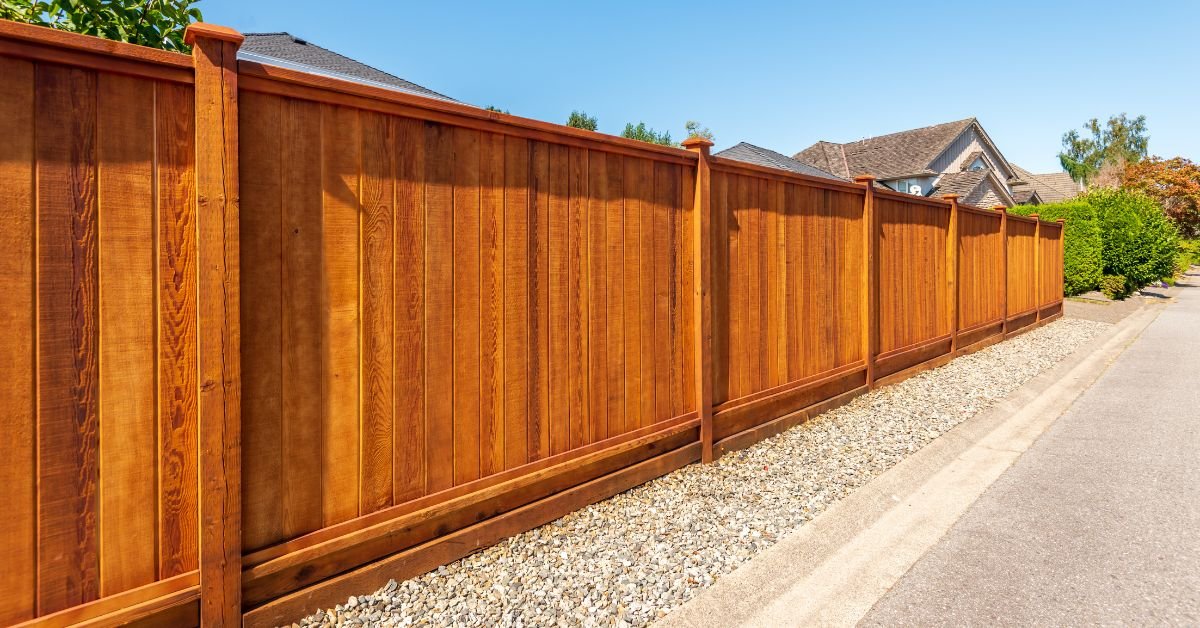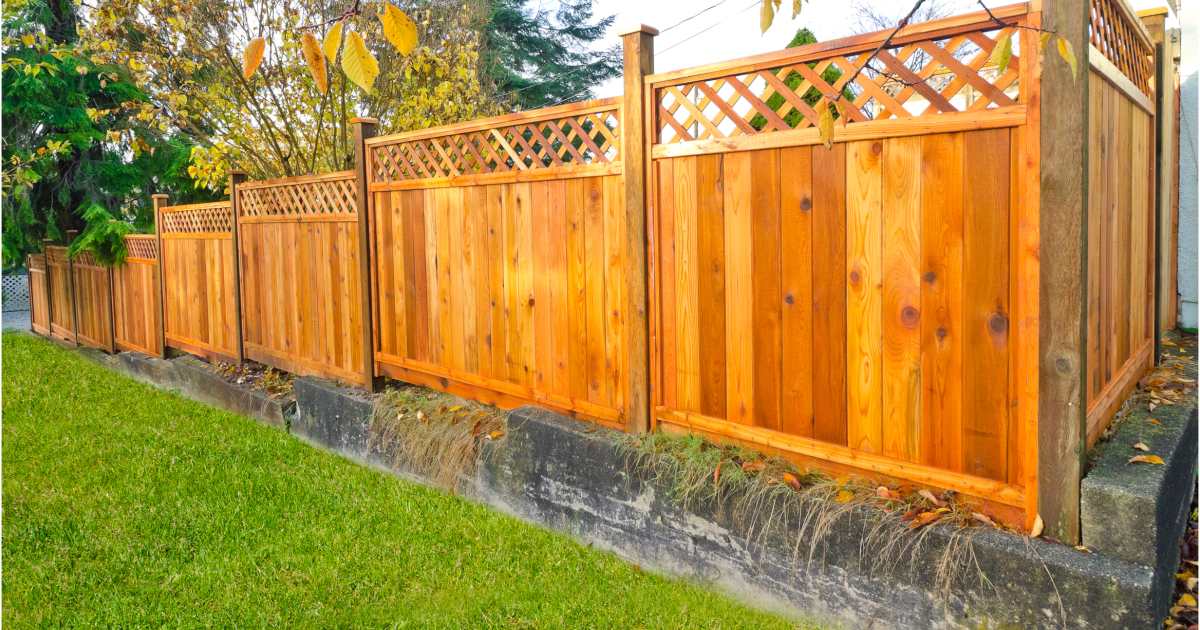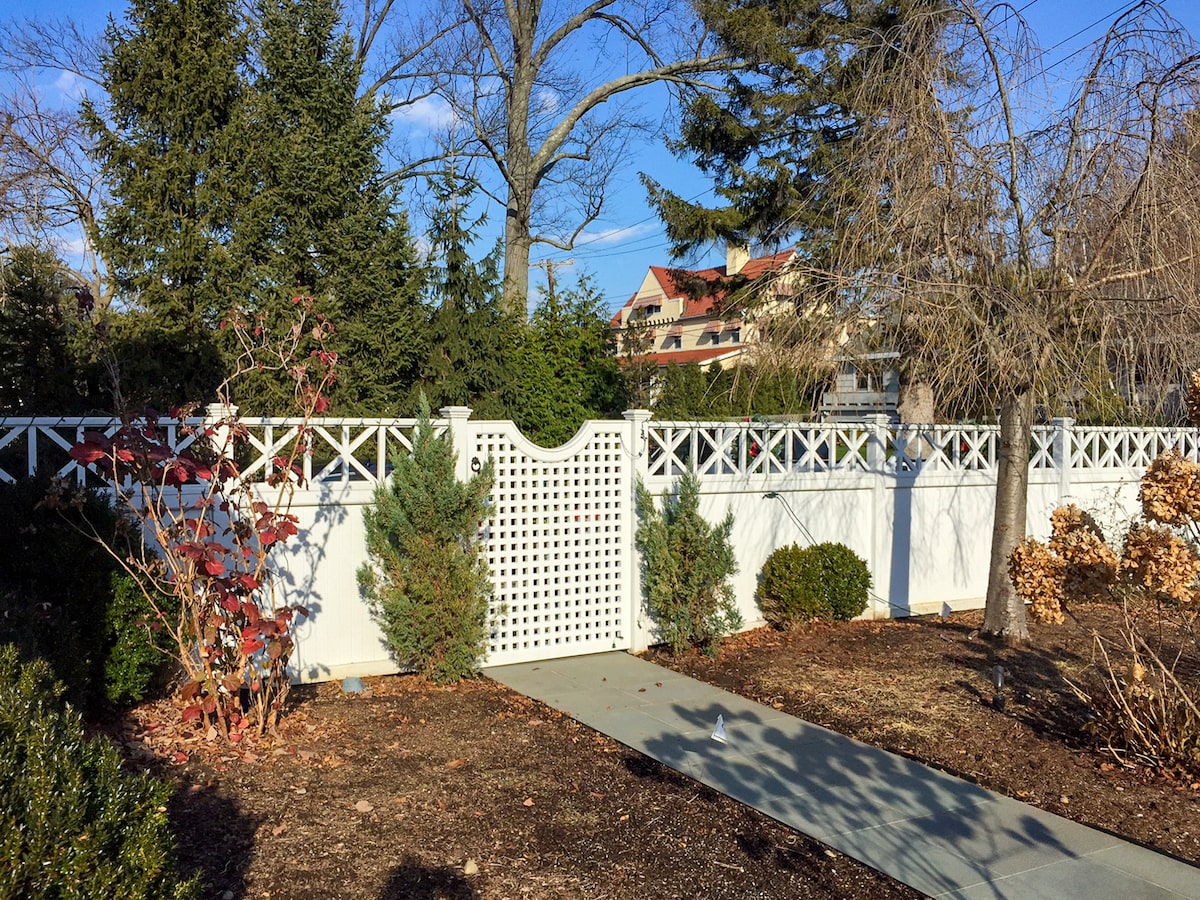All Categories
Featured

Fences are an essential part of any kind of commercial or domestic building, providing visual, security, and personal privacy allure. Like all outdoor structures, they require regular upkeep to preserve their stability and appearance. Whether your fencing is made from timber, plastic, chain web link, or steel, complying with a few basic upkeep methods can make sure that it continues to be in outstanding problem for many years to come. Below are some beneficial ideas to maintain your fence looking fantastic and performing well.
- Do Regular Examinations. On a regular basis evaluating your fencing is crucial to identifying issues prior to they come to be major problems. Every couple of months, walk around your property and inspect the fence for noticeable damage. Search For:
Loose or missing panels or boards: Whether it's wood, vinyl, or metal, check for any loosened sections that might need to be reattached or changed. Rust or deterioration: Steel fences, consisting of chain web link or functioned iron, can develop corrosion gradually. Early detection allows you to clean and treat the affected areas prior to they spread out. Indications of rot: Wood fencings are specifically susceptible to rot, especially at the base of articles and planks that are in contact with the ground. Look for soft areas, discoloration, or mold, which might indicate moisture damages. Stability of posts: Over time, fencing blog posts might become loose or unstable. This can cause leaning sections or even collapse, so guarantee that messages are firmly anchored in the ground. 2. Tidy the Fence Frequently. Cleansing your fencing is just one of the simplest and most efficient methods to protect its problem. Debris, dust, and mold can build up, triggering discoloration and use in time. Here's how to clean different types of fences:

Wooden Fencings: Use a stress washer or a scrub brush to get rid of dirt and mold and mildew. Be mindful not to utilize way too much pressure with a power washer as it could damage the wood. If required, use a timber cleaner or a light detergent to get rid of discolorations. Vinyl Fencings: Vinyl fences are fairly low maintenance and can be cleaned with soapy water and a soft towel. Stay clear of unpleasant products or extreme chemicals, as they can damage the surface area. Steel Fences: Aluminum or steel fences can be cleaned up with a soft sponge and soapy water. For rust places, utilize a cord brush or rust remover prior to using touch-up paint to stop the corrosion from dispersing. Chain Link Fences: Simply hose pipe down chain web link fences to eliminate dust and debris. Trim it back to stay clear of unnecessary stress on the structure if greenery has expanded over the fencing. 3. Treat Wooden Fences for Security. Wooden fencings need extra treatment due to their vulnerability to climate condition. Dampness from rain, snow, and moisture can cause wood to rot, warp, or swell. To protect your wood fencing, consider the following:
Seal or Stain the Timber: Applying a protective sealant or discolor will certainly assist maintain the timber and protect it from the aspects. This will likewise provide the timber a fresh, polished look. Make certain to reapply the sealer every a couple of years to preserve its safety obstacle. Evaluate for Termites: Wood fencings can be vulnerable to termite damage, specifically in damp locations. Maintain an eye out for indicators of invasion, such as little holes, wood dirt, or the existence of the bugs themselves. If you locate termites, get in touch with a specialist parasite control service to resolve the concern. 4. Trim Vegetation Around the Fencing. Plants and bushes growing also near your fence can create lasting damages if left untreated. Thick origins can press against fence articles, triggering them to loosen, and vines can put in stress on wood or steel panels, possibly flexing or breaking them. Additionally, plants growing as well near the fencing can hold wetness versus the surface area, which can cause rot or corrosion.

Make it a habit to trim any type of plants, vines, or shrubs that might be expanding near your fence. This will certainly not only maintain the fence far better condition but also improve the general looks of your backyard.
- Address Corrosion and Deterioration Without Delay. For metal fencings, corrosion and rust can be a substantial problem if not addressed swiftly. To avoid corrosion from spreading out:
Clean and Sand Affected Areas: For small corrosion areas, use a wire brush or sandpaper to remove the corrosion. After cleansing, apply a rust-resistant guide and paint to shield the metal from additional corrosion. Usage Rust-Resistant Coatings: Think about using a rust-resistant finish to your metal fencing to extend its life expectancy. This can assist prevent new rust spots from forming and maintain your fencing looking great. 6. Keep and secure Fencing Blog posts. The stability of your fence depends greatly on the posts. If the blog posts hang or harmed, the entire structure can end up being endangered. See to it to check the articles on a regular basis to look for indications of wear, leaning, or instability.
For Wood Messages: Wooden fencing articles can rot at the base. It might be essential to replace the message if you discover indications of rot or decay. For Steel or Plastic Posts: Guarantee that metal or vinyl posts are securely secured and not bent or damaged. Tighten loose screws or change the positioning of the articles to maintain the fence standing high if required. Conclusion. Preserving your fencing does not need to be a challenging task. With normal cleaning, examinations, and some fundamental care, your fencing can remain a appealing and useful function on your residential property for several years. Whether you have a wood, chain, vinyl, or steel link fencing, following these suggestions will certainly help you obtain the most out of your investment while ensuring your fence remains in great condition, offering the personal privacy and protection you require.
Latest Posts
Bid Farewell to Scrubbing: Bath Fitter's Uncomplicated Restroom Upgrade
Published Apr 22, 25
1 min read
Classy, Sturdy Floor Tile Flooring for each Space
Published Apr 22, 25
2 min read
Expert Vehicle Maintenance at Montclare Auto Repair - Fix Your Car Now!
Published Apr 22, 25
2 min read
More
Latest Posts
Bid Farewell to Scrubbing: Bath Fitter's Uncomplicated Restroom Upgrade
Published Apr 22, 25
1 min read
Classy, Sturdy Floor Tile Flooring for each Space
Published Apr 22, 25
2 min read
Expert Vehicle Maintenance at Montclare Auto Repair - Fix Your Car Now!
Published Apr 22, 25
2 min read